Premium Only Content
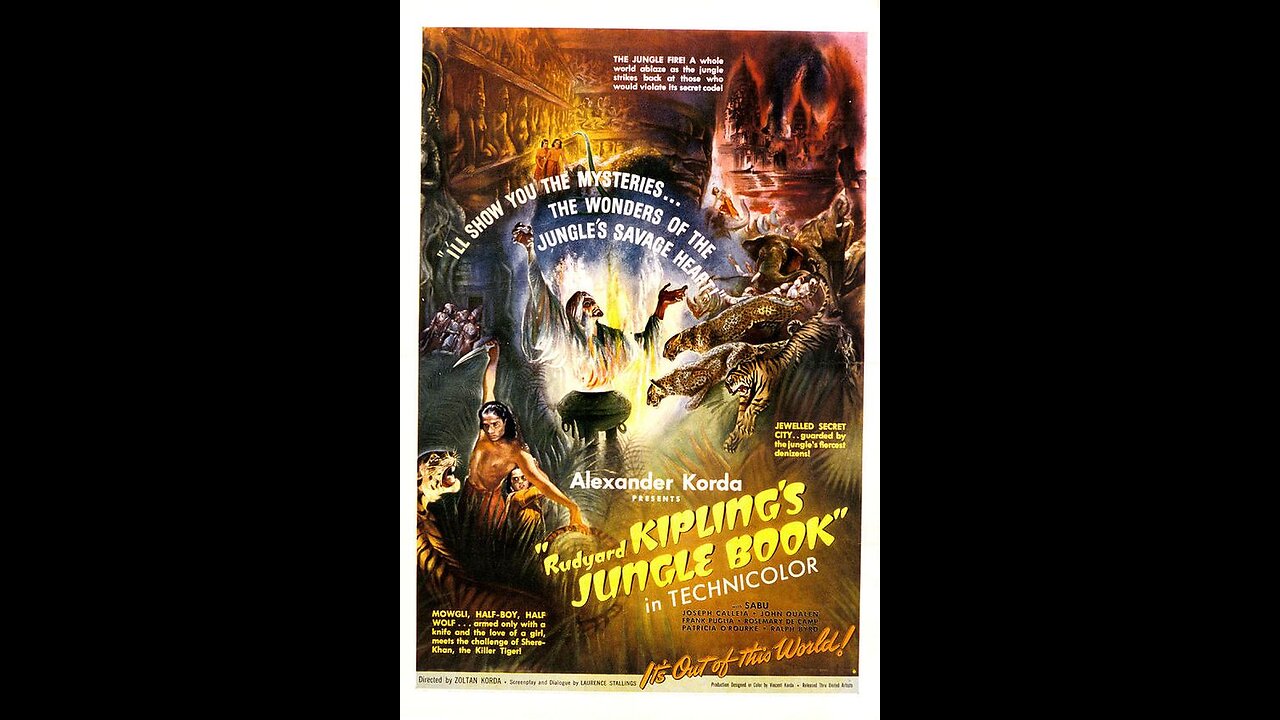
Jungle Book (1942) | Directed by Zoltán Korda
"Jungle Book" (1942) is a live-action adaptation of Rudyard Kipling's classic novel *The Jungle Book*, directed by Zoltán Korda. Set against the lush backdrop of the Indian jungle, the film tells the story of Mowgli, a young boy raised by wolves who must navigate the dangers of the jungle while discovering his own human heritage. The film is one of the earliest full-length cinematic adaptations of Kipling’s work, blending adventure, fantasy, and coming-of-age themes.
Mowgli (played by Sabu) is a boy who grows up in the wild after being lost as a child and raised by wolves. As he matures, Mowgli learns the ways of the jungle and becomes friends with the animals, including Baloo the bear and Bagheera the panther. However, his idyllic life is threatened when he stumbles upon a human village, where he discovers his origins. Torn between two worlds, Mowgli must decide whether to remain with the animals or reintegrate into human society.
In addition to the internal conflict, Mowgli faces the threat of the jungle’s most dangerous predator, Shere Khan the tiger, who sees Mowgli as a threat to his dominance. The film brings Kipling’s timeless characters to life with a mix of colorful cinematography and elaborate set pieces, making it a visual spectacle for its time.
"Jungle Book" (1942) is widely praised for its striking visuals and imaginative storytelling. Sabu, who was already known for his roles in adventure films like *The Thief of Bagdad* (1940), delivers a charismatic performance as Mowgli, embodying the wild, free-spirited nature of the character while also conveying the inner struggle of a boy caught between the animal and human worlds.
The film's standout element is its Technicolor cinematography, handled by Lee Garmes and W. Howard Greene, which brings the lush jungle to life in vibrant, saturated colors. The visual grandeur, combined with impressive sets and animal sequences, contributes to the film’s sense of wonder and fantasy. The Indian jungle is portrayed as both beautiful and dangerous, with its sprawling landscapes and menacing wildlife.
Zoltán Korda, known for his adventure films, skillfully directs the action and emotional moments, allowing the story to balance the magic of the jungle with the darker, more sinister elements of man’s intrusion into the natural world. The animal-human relationship is central to the film’s narrative, and Korda does an admirable job of conveying Kipling’s themes of nature, survival, and identity.
The film’s score by Miklós Rózsa adds depth to the adventure, with sweeping orchestral compositions that heighten both the tension and the majesty of the jungle. His music perfectly complements the film’s exotic setting, adding a layer of emotional richness to the visual experience.
"Jungle Book" was well-received by audiences and critics alike upon its release. Sabu’s portrayal of Mowgli was especially lauded, with critics praising his natural screen presence and ability to carry such a demanding role. The film's visuals were another highlight, with its use of Technicolor standing out as one of the best examples of early color cinematography in Hollywood.
Critics noted that while the film deviated from some elements of Kipling's original stories, it managed to capture the spirit of the novel, particularly the theme of the conflict between man and nature. The visual effects, particularly the interactions between Mowgli and the jungle animals, were considered groundbreaking at the time, even though some aspects may seem dated by today’s standards.
Though the narrative was somewhat simplified for a general audience, Zoltán Korda’s direction was praised for maintaining a balance between adventure and emotional depth. The film’s fantastical elements, combined with its moral undertones, made it appealing to both children and adults.
"Jungle Book" (1942) remains one of the earliest and most memorable adaptations of Rudyard Kipling’s novel, particularly for its visual innovation and the iconic performance by Sabu. While later versions, such as Disney’s animated adaptation in 1967, have overshadowed it in popular memory, Korda’s *Jungle Book* stands as a landmark in early adventure cinema, particularly for its groundbreaking use of Technicolor and live-action animal interactions.
The film also helped solidify Sabu as one of Hollywood’s leading young stars in adventure and fantasy genres. Its influence can be seen in subsequent jungle-themed films, and it continues to be appreciated by classic film enthusiasts for its combination of fantasy, adventure, and visual splendor.
Though it may not have the lasting fame of some later versions, "Jungle Book" (1942) still holds a special place in the history of cinema as a pioneering work that brought Kipling’s legendary tale to life on the big screen.
Full Cast:
- Sabu as Mowgli
- Joseph Calleia as Buldeo
- John Qualen as The Barber
- Frank Puglia as The Pundit
- Rosemary DeCamp as Messua
- Patricia O'Rourke as Mahala
- Ralph Byrd as Durga
-
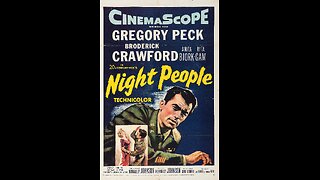 1:33:41
1:33:41
Classic Films & Movies Archive
3 days agoNight People (1954) | Directed by Nunnally Johnson
113 -
 LIVE
LIVE
Vigilant News Network
55 minutes agoUNHINGED: Dems Say That Elon Needs to ‘Go Back to AFRICA?’ | The Daily Dose
599 watching -
 1:39:05
1:39:05
The Quartering
2 hours agoTrump's Epic Speech, Democrat & MSM Meltdown, Zelensky Flip Flops AGAIN & A T*ans CULT Unmasked
39.2K31 -
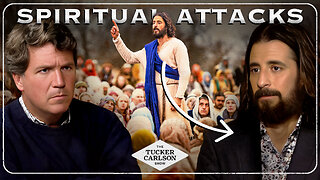 1:28:13
1:28:13
Tucker Carlson
3 hours agoJonathan Roumie: The Weight of Playing Jesus in the Chosen, & Why You Should Observe Lent
58.3K34 -
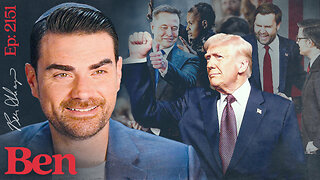 1:04:31
1:04:31
Ben Shapiro
3 hours agoEp. 2151 - Trump’s HOME RUN State of the Union!
32.6K27 -
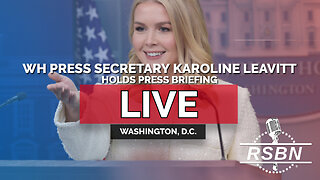 2:06:31
2:06:31
Right Side Broadcasting Network
3 hours agoLIVE REPLAY: White House Press Secretary Karoline Leavitt Holds Press Briefing - 3/5/25
66.5K57 -
 1:16:50
1:16:50
Simply Bitcoin
4 hours ago $3.00 earnedBLACKROCK'S GAME CHANGING BITCOIN REPORT Creates $900T of FOMO? | EP 1195
17.3K2 -
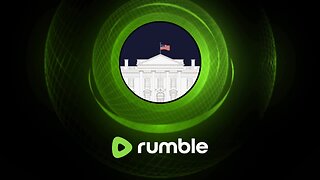 1:00:23
1:00:23
The White House
3 hours agoPress Secretary Karoline Leavitt Briefs Members of the Media, Mar. 5, 2025
25.9K16 -
 23:34
23:34
marcushouse
14 hours ago $0.40 earnedWhat Really Happened to Starship? The Full Story! 🚀
8.47K4 -
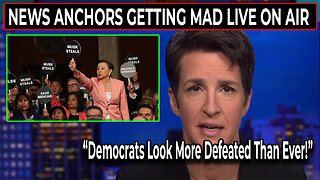 16:55
16:55
T-SPLY
8 hours agoMSNBC Used A Child Brain Cancer Survivor To Make Donald Trump Look Bad
10.3K25